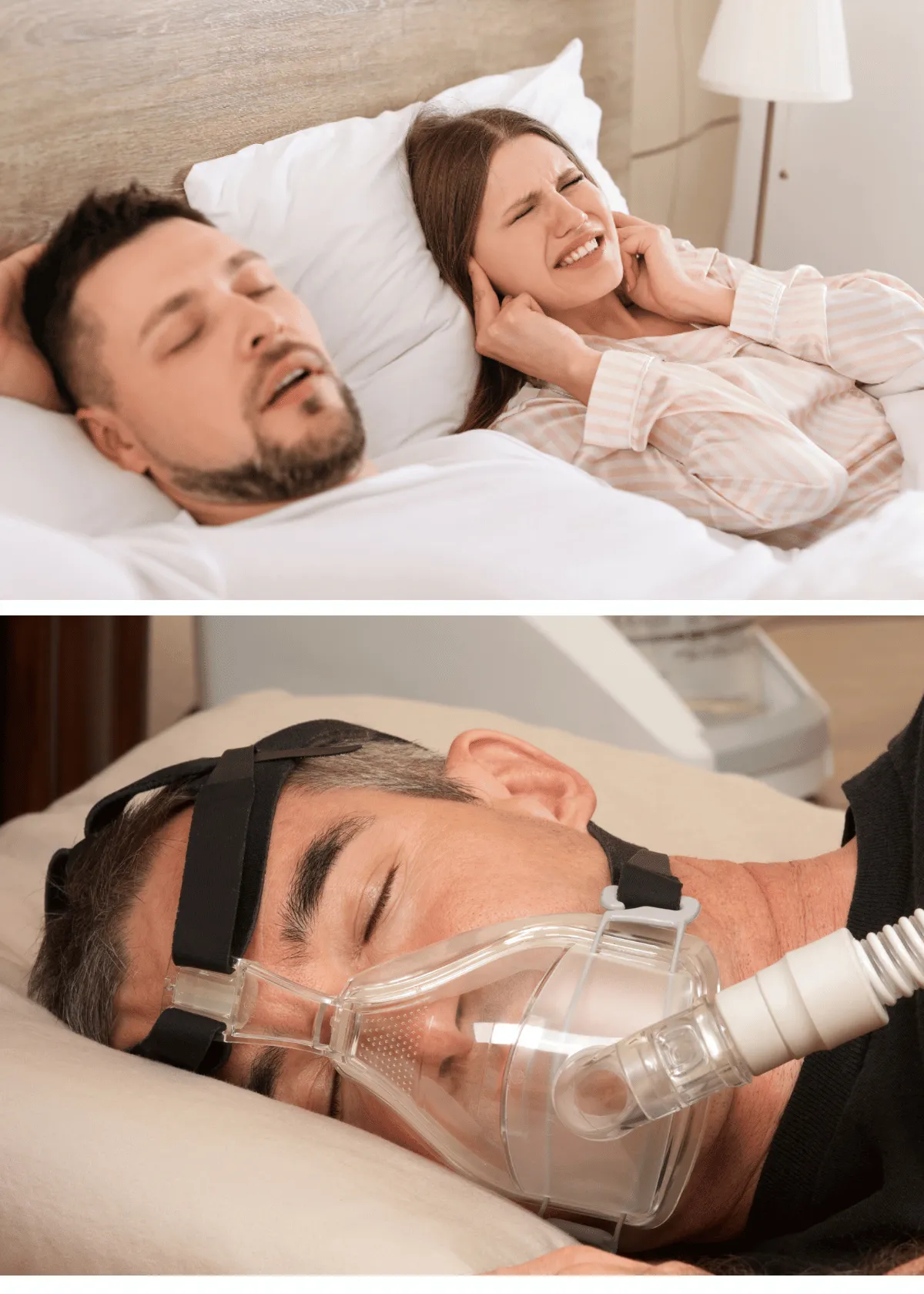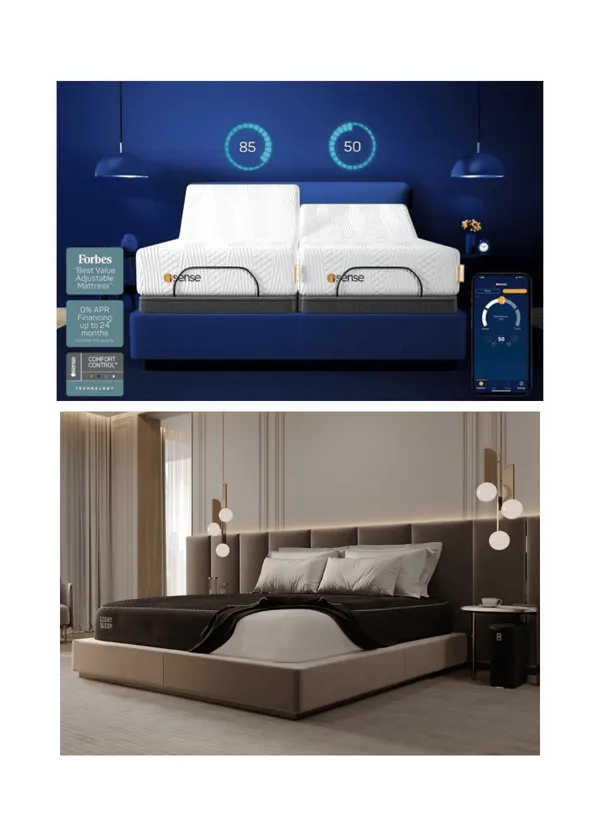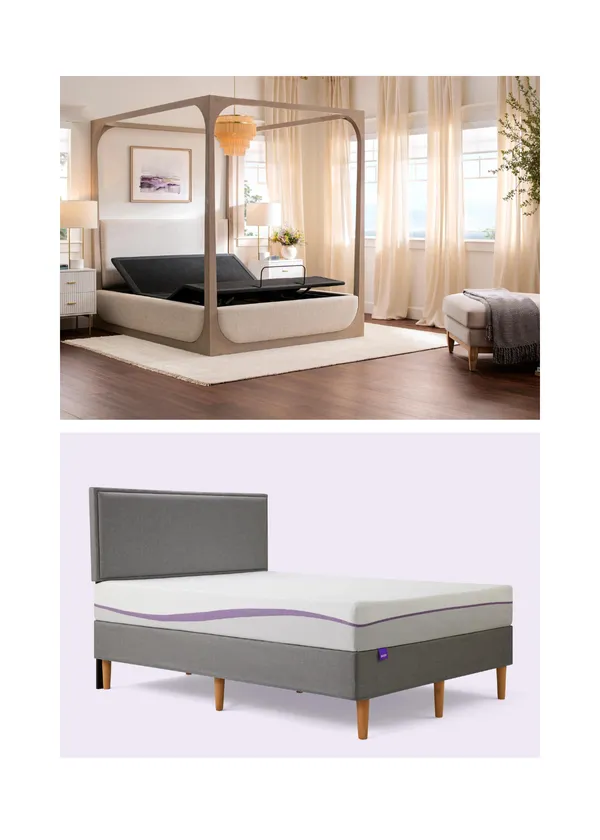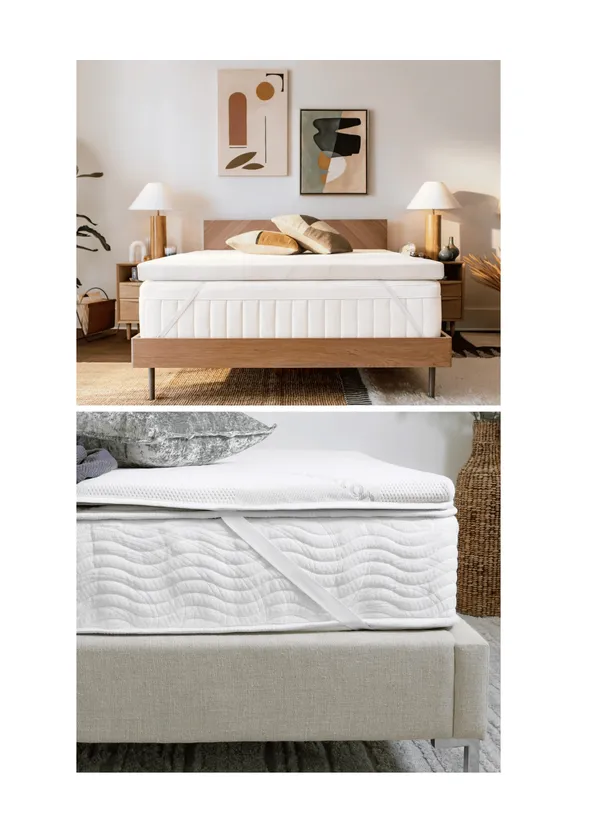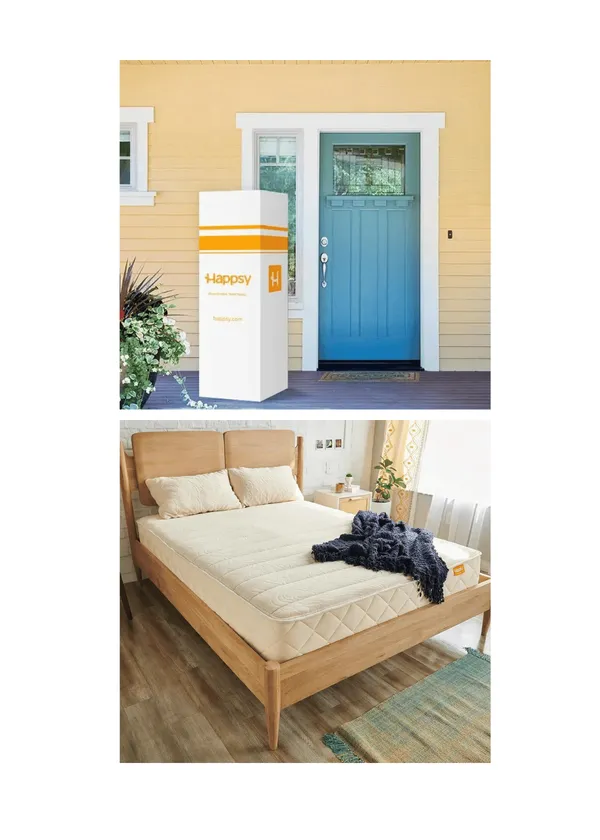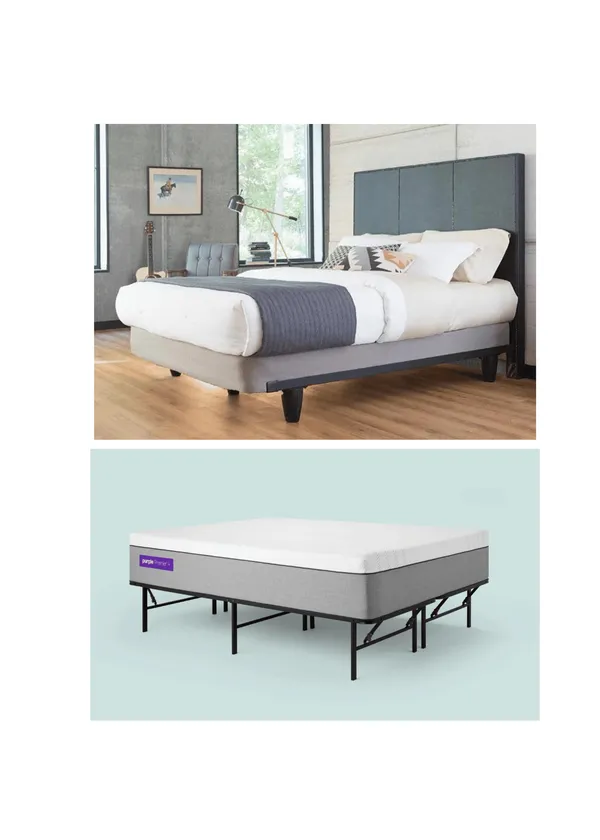(Last Update: 03/28/2024)
This content is created with integrity and impartiality; we do not receive direct compensation for this review. See our Mission and Core Values here.
Welcome to our comprehensive guide on reclaiming restful nights with AIRLIFT Sleep Apnea solutions. Sleep apnea affects millions worldwide, disrupting rest and posing serious health risks.
The blog post addresses the toll of sleep apnea, extending beyond mere fatigue. Quality sleep is paramount for overall well-being.
Beyond feeling tired, sleep apnea affects health and daily life. Learn why investing in simple and effective treatment solutions like AIRLIFT matters.
Join us as we delve into the transformative power of AIRLIFT, bidding farewell to restless nights for good.

Understanding Sleep Apnea
Sleep apnea is a common sleep disorder characterized by pauses in breathing or shallow breaths during sleep.
The hyoid bone can contribute to airway obstruction and breathing difficulties related to sleep apnea. Understanding the condition is crucial for effective treatment and improved sleep quality.
What Is AIRLIFT Sleep Technology?
- AIRLIFT device Sleep technology is an innovative solution designed to address the challenges of sleep apnea.
- AirLift™ presents a novel, minimally invasive, and highly efficient method that helps stabilize upper airway obstruction.
Relation between obstructive sleep apnea and AIRLIFT Sleep Apnea
There is a direct relationship between obstructive sleep apnea (OSA) and Airlift for Sleep Apnea technology. AIRLIFT addresses OSA by keeping the airway open during sleep, reducing breathing pauses, and improving airflow. Snoring low pain is noisy breathing during sleep caused by obstructed airflow, often associated with sleep apnea's low pain.
- How Does AIRLIFT Work?
- AIRLIFT gently adjusts the tongue and soft throat tissues using tongue suspension to provide enduring treatment for airway obstruction. As soon as it is fitted, AIRLIFT begins working to alleviate the effects of obstructive sleep apnea. This innovative approach offers sustained relief, allowing individuals to experience improved breathing patterns and sleep quality.
- Siesta Medical produces Airlift's Approach to Sleep Apnea, an innovative treatment designed to address sleep apnea and improve sleep quality.
- Unlike a CPAP machine, AIRLIFT is non-invasive and does not require a mask or constant air pressure.
- Is AIRLIFT Right for You?
- Consult a sleep specialist to determine if AIRLIFT suits your condition and preferences.
- Factors that increase the severity of sleep apnea, lifestyle, and comfort preferences should be considered when evaluating treatment options.

The Impact of Sleep Apnea on Your Health
If left untreated, sleep apnea can have severe implications for physical and mental health. Understanding the potential consequences is essential for seeking timely intervention and improving overall well-being.
Physical Health Risks
Sleep apnea is associated with a range of physical health risks, including:
- Cardiovascular problems: hypertension, heart disease, and stroke.
- It can increase the risk of type 2 diabetes due to insulin resistance.
Mental Health Challenges
Sleep apnea symptoms can also impact mental health in various ways:
- Cognitive impairment, including difficulties with memory, concentration, and decision-making.
- Mood disorders: depression and anxiety may worsen with sleep disturbances.
- Decreased quality of life and daytime functioning due to persistent fatigue and sleepiness.

AIRLIFT Benefits: It's Not Just About Sleep
Improved Energy Levels Throughout the Day
By promoting better sleep, AIRLIFT helps individuals experience increased energy levels, low pain, and reduced daytime fatigue.
With improved sleep quality, Individuals can awaken feeling revitalized and energized, prepared to face the day ahead with vigor and vitality.
Potential Health Benefits of Addressing Sleep Apnea
Addressing sleep apnea with AIRLIFT can have profound effects on overall health. By reducing the risk of cardiovascular problems, diabetes, and obesity associated with untreated sleep apnea, AIRLIFT contributes to long-term health and well-being.

Getting Started with AIRLIFT Sleep Apnea
You can start on the journey to better sleep with AIRLIFT, which requires careful planning and guidance. Here's what you need to know about initiating your AIRLIFT experience:
Finding a Sleep Specialist
Before starting AIRLIFT therapy, it's crucial to consult with a sleep specialist to assess the severity of your sleep apnea and recommend appropriate treatment options.
An immediate and lasting relief from a sleep apnea specialist will help determine if AIRLIFT is the right solution for your needs.

Comparing AIRLIFT to Traditional CPAP Therapy
When considering treatment options for sleep apnea, weighing the differences between AIRLIFT and traditional CPAP therapy is essential. Here's a comparison to help you make an informed decision:
Effectiveness
- AIRLIFT and CPAP therapy effectively treat sleep apnea by keeping the airway open during sleep.
- Studies show that both treatments can significantly reduce the number of breathing pauses and improve overall sleep quality.
Comfort and Convenience
- AIRLIFT offers a more comfortable and discreet alternative to CPAP therapy, as it does not require a mask or constant airflow.
- Many users find AIRLIFT less intrusive, allowing for greater freedom of movement during sleep.
- CPAP therapy: the patient wears a mask connected to a machine that delivers uninterrupted air pressure.
Surgical Interventions in Sleep Apnea
Surgical interventions like hyoid myotomy, suture anchors, and tongue base procedures are vital in addressing sleep apnea.
Hyoid myotomy modifies the hyoid bone to enhance airflow and diminish blockages during sleep. Suture anchors stabilize tissues, preventing collapse and airway obstruction. The tongue base procedures reposition or stabilize the tongue, improving breathing patterns during sleep.

CONCLUSION:
Embracing Airlift for Sleep Apnea solutions marks the beginning of reclaiming restful nights and revitalizing your well-being.
With its intuitive approach, innovative technology, and proven efficacy, AIRLIFT offers hope for those battling sleep apnea.
Now equipped with insights into its key benefits and functionalities, it's time to take the next step towards better sleep.
Reclaim your sleep and embrace a healthier tomorrow.
Frequently Asked Questions:
Does Airlift work for sleep apnea?
AIRLIFT addresses sleep apnea by keeping the airway open during sleep. Its technology gently adjusts the position of the tongue and soft tissues in the Upper airway passage, preventing upper airway obstruction and improving airflow.
Does insurance cover an airlift procedure for sleep apnea?
Coverage for AIRLIFT device lasting treatment varies depending on insurance policies and providers.
Some insurance plans may cover part or all of the cost of AIRLIFT therapy if it's deemed medically necessary for treating sleep apnea.
Does Medicare cover airlift for sleep apnea?
Medicare coverage for Airlift's Approach to Sleep Apnea depends on certain criteria and policies. In some cases, Medicare may cover a portion of the cost if AIRLIFT is deemed medically necessary for treating sleep apnea.
What is the success rate of hyoid suspension surgery?
The success rate of airlift hyoid suspension procedure surgery varies based on individual factors, like the condition's seriousness and the patient's overall health.
Generally, studies have reported a success rate ranging from 60% to 90% per surgical procedure in reducing symptoms of obstructive sleep apnea by improving sleep quality.

